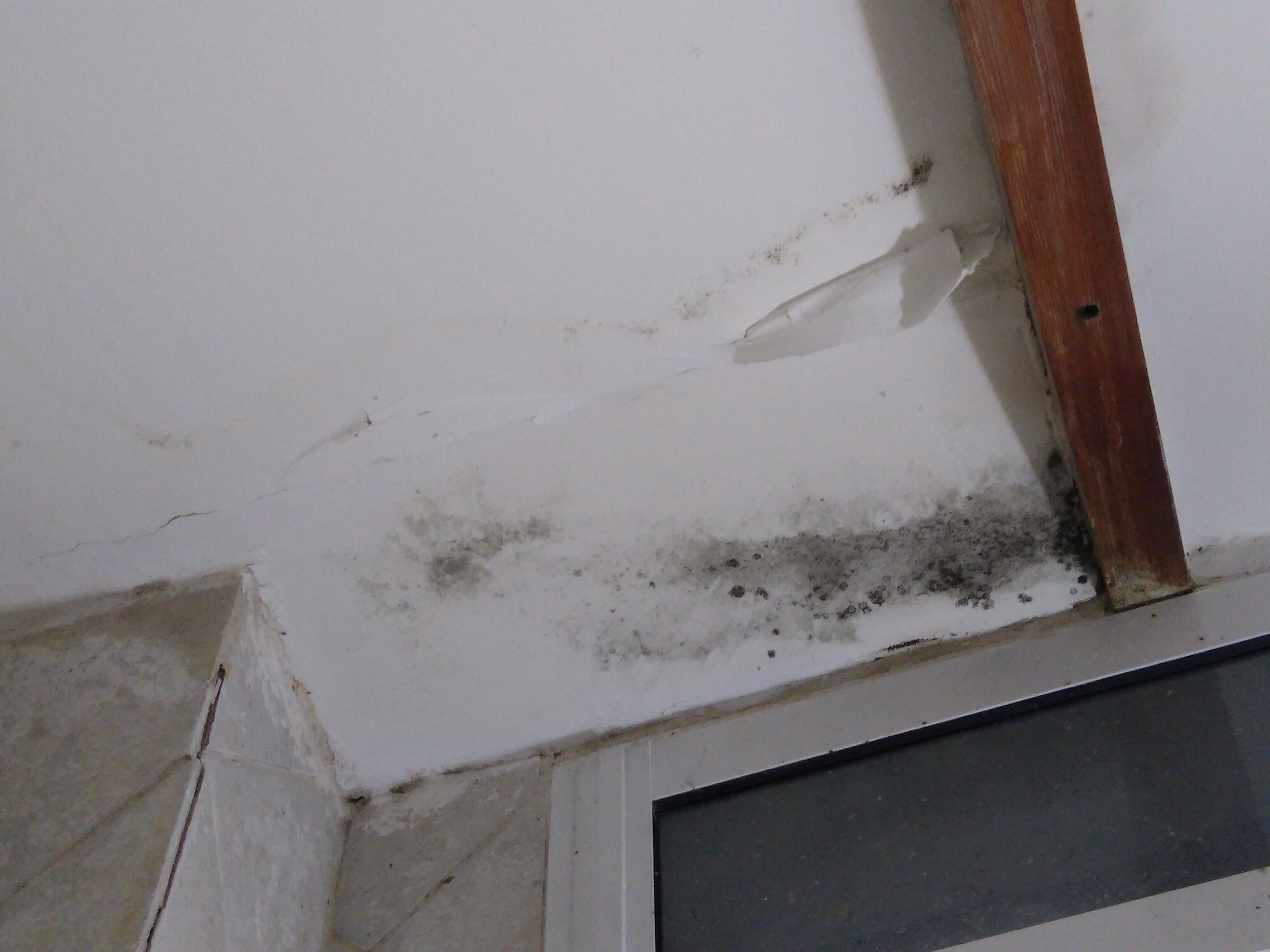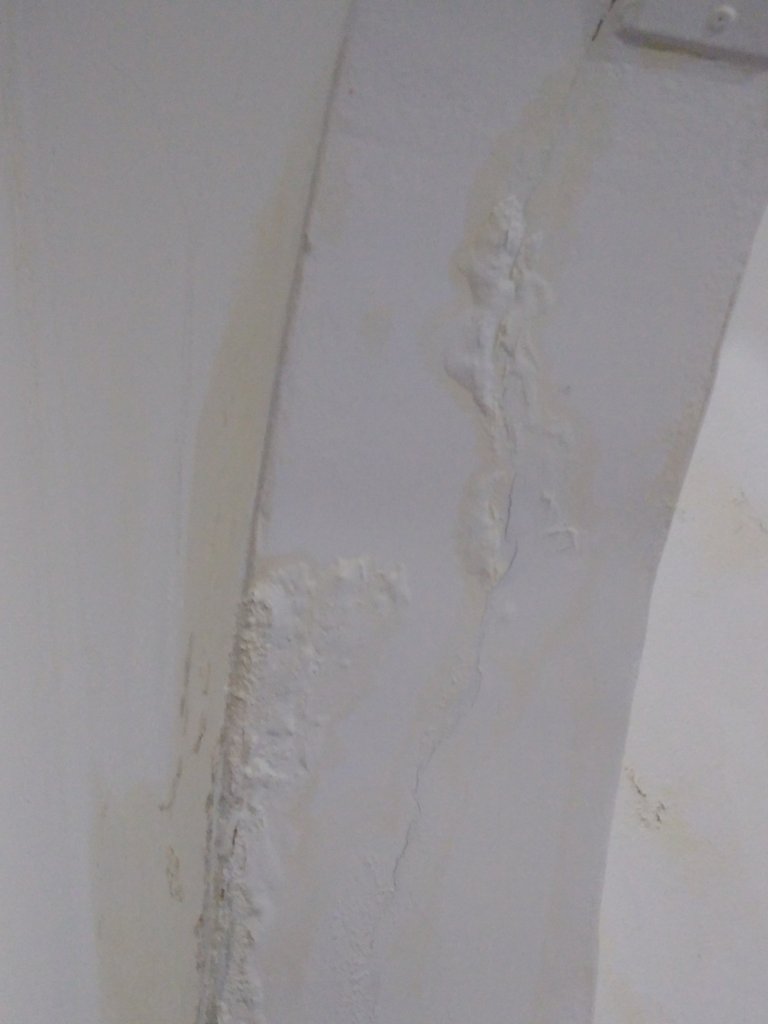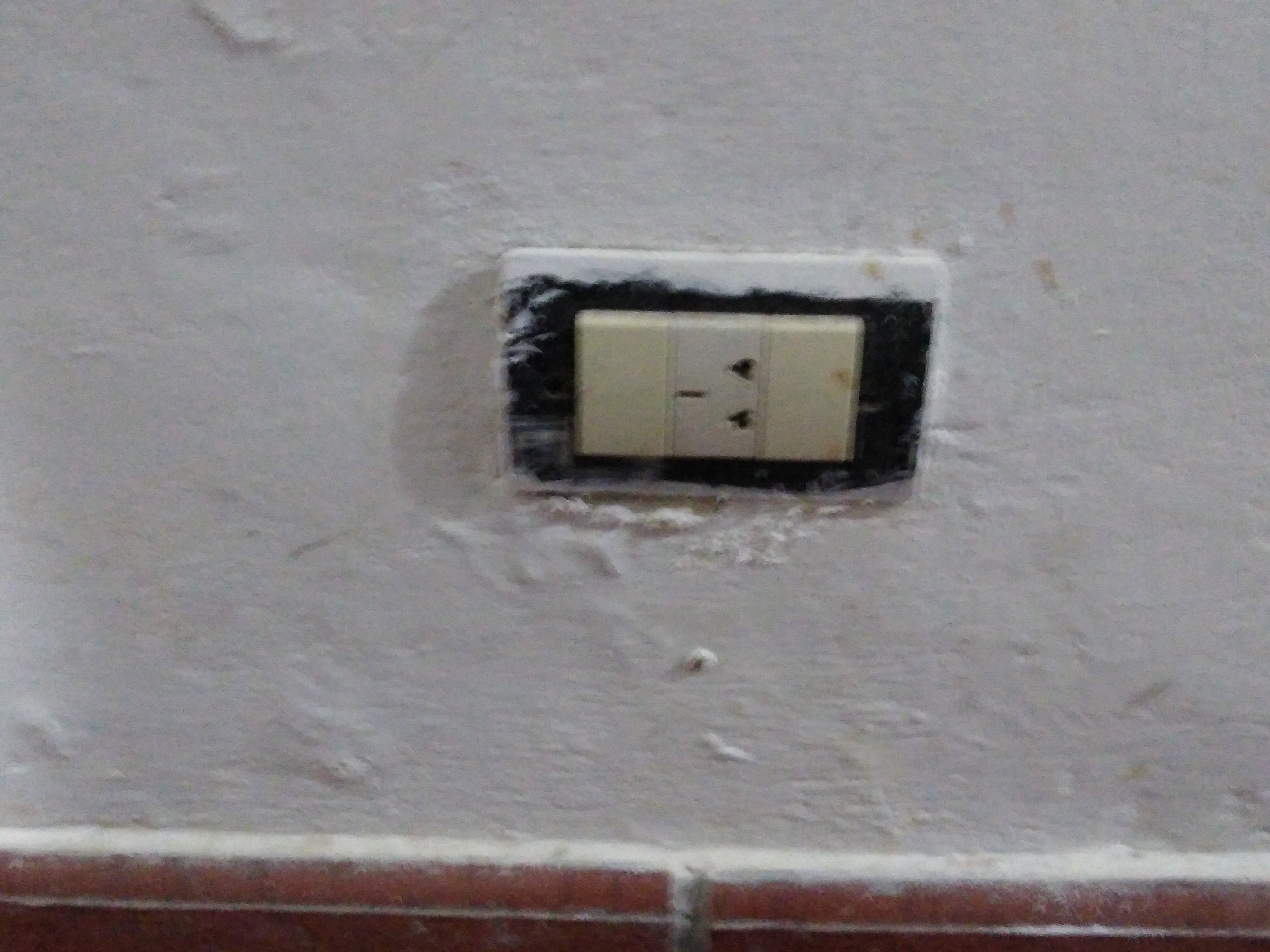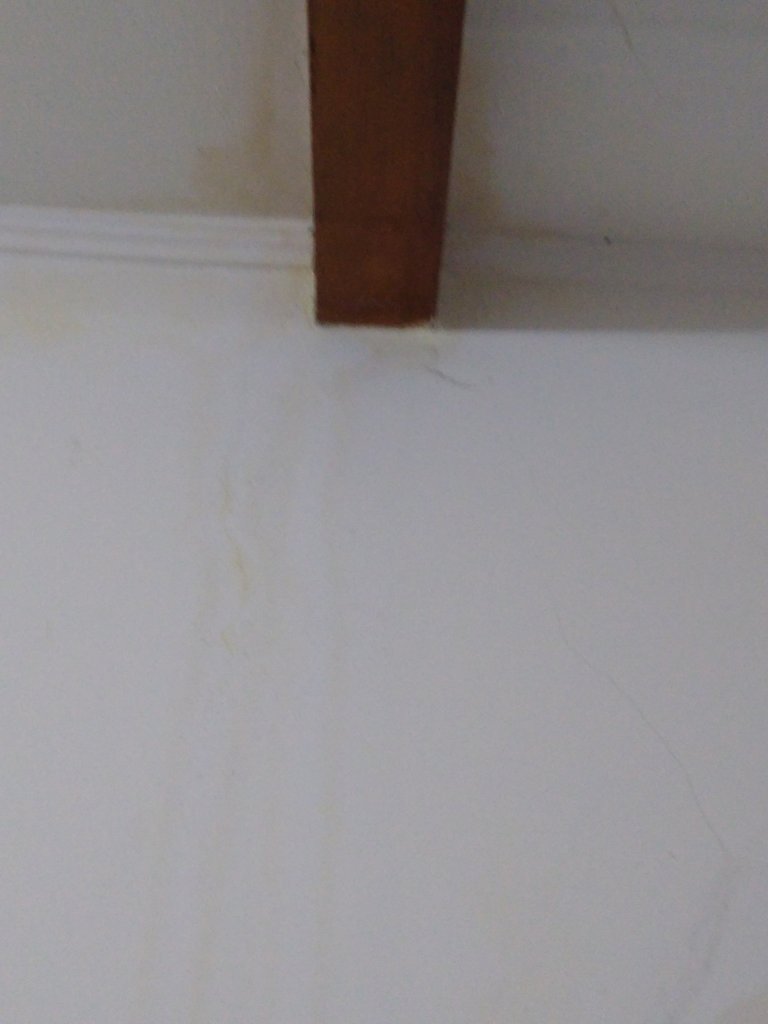
In a small apartment located on the ground floor of an old building, humidity problems had been a constant nuisance for its residents over the years. The apartment, with its thick walls and high ceilings, had a rustic charm that attracted many, but the humidity always seemed to find a way to infiltrate.
The first sign of trouble came with the dark stains on the corners of the walls. María, the current tenant, noticed a persistent moldy smell that did not disappear, despite ventilating the place and using dehumidifiers. Over time, the situation worsened. The paint began to peel off, and on rainy days, the floor became slippery from condensation.
María decided to investigate the cause of the problem. He discovered that the building's old, corroded pipes were slowly leaking water. Additionally, the lack of waterproofing in the foundation allowed soil moisture to rise up the walls, a phenomenon known as rising damp.

Despite their attempts to solve the problem with minor repairs and anti-humidity products, the situation did not improve. The building administration, although aware of the problem, did not have sufficient funds to carry out a complete renovation of the infrastructure. Frustrated, Maria began to experience health problems due to constant exposure to mold.
Determined to take action, Maria joined other tenants facing similar problems. Together, they formed a committee to pressure the building's management and sought legal advice to ensure appropriate action was taken. After a bureaucratic battle and several inspection reports, they managed to get a budget approved for the renovation of the pipes and waterproofing of the building.
The repairs took several months, during which María and the other tenants had to adapt to the inconveniences of living in a place under construction. However, upon completion of the works, the change was notable. Dry walls, no mold smell, and a healthier environment made all the effort worth it.
The story of the small apartment and its humidity problems was not only a lesson in perseverance for María, but also an example of how the community can come together to solve common problems and improve their quality of life.


En un pequeño departamento ubicado en la planta baja de un edificio antiguo, los problemas de humedad habían sido una constante molestia para sus residentes a lo largo de los años. El departamento, con sus paredes gruesas y techos altos, tenía un encanto rústico que atraía a muchos, pero la humedad siempre parecía encontrar la manera de infiltrarse.
El primer indicio de problemas llegó con las manchas oscuras en las esquinas de las paredes. María, la inquilina actual, notó un olor a moho persistente que no desaparecía, a pesar de ventilar el lugar y utilizar deshumidificadores. Con el tiempo, la situación empeoró. La pintura comenzó a desprenderse, y en los días de lluvia, el suelo se volvía resbaladizo por la condensación.

María decidió investigar la causa del problema. Descubrió que las tuberías del edificio, viejas y corroídas, estaban filtrando agua lentamente. Además, la falta de impermeabilización en los cimientos permitía que la humedad del suelo subiera por las paredes, un fenómeno conocido como humedad ascendente.
A pesar de sus intentos de solucionar el problema con reparaciones menores y productos anti-humedad, la situación no mejoraba. La administración del edificio, aunque consciente del problema, no tenía los fondos suficientes para realizar una renovación completa de la infraestructura. María, frustrada, comenzó a experimentar problemas de salud debido a la exposición constante al moho.
Decidida a tomar acción, María se unió a otros inquilinos que enfrentaban problemas similares. Juntos, formaron un comité para presionar a la administración del edificio y buscaron asesoría legal para asegurar que se tomaran medidas adecuadas. Después de una batalla burocrática y varios informes de inspección, lograron que se aprobara un presupuesto para la renovación de las tuberías y la impermeabilización del edificio.
Las reparaciones tomaron varios meses, durante los cuales María y los demás inquilinos tuvieron que adaptarse a las incomodidades de vivir en un lugar en construcción. Sin embargo, al finalizar las obras, el cambio fue notable. Las paredes secas, la ausencia de olor a moho y un ambiente más saludable hicieron que todo el esfuerzo valiera la pena.

La historia del pequeño departamento y sus problemas de humedad no solo fue una lección de perseverancia para María, sino también una muestra de cómo la comunidad puede unirse para resolver problemas comunes y mejorar su calidad de vida.
🏬🏬🏬🏬🏬🏬🏬🏬🏬🏬🏬